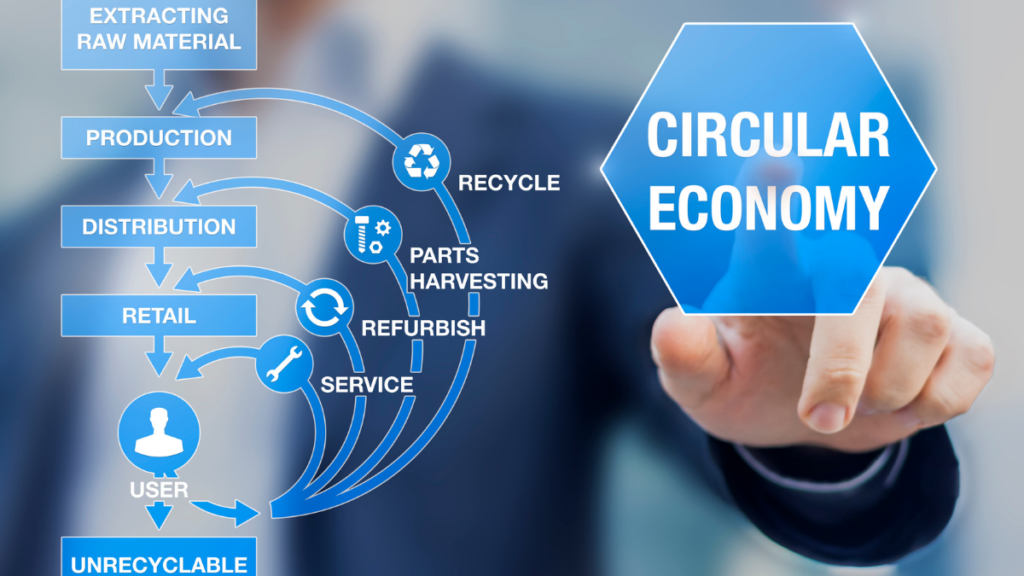Traditional linear economy or planned obsolescence is a process that describes how manufacturers intentionally create products with a limited useful life. They are no longer functional after a period of time, giving consumers no choice but to replace these items. If you are searching for a more sustainable growth opportunity, consider adopting more circular business models, a superior alternative to the current make-use-dispose approach. A circular economy looks to redefine growth, with a focus on society-wide solutions that not only benefit the consumer but the environment as well.
The Relationship between Circular Economy and ITAD
Today, it is more important than ever for your business to prioritize sustainability. As an ITAD provider, we have the responsibility to make a choice between continuing to follow the standards set by a linear economy or follow the progressive principles of a circular economy.
Here are a few ways the circular economy affects ITAD and promotes IT sustainability:
- Minimize Waste: The concept of the circular economy has been around for over half a decade. The main goal of this practice is to reduce waste and make the most of available resources. The circular economic system is geared towards maintaining, repairing, reusing, repurposing and recycling materials.
- Circulate IT Asset Components: If you were to take apart and examine the average PC, you will notice a few major components such as the motherboard, hard drive, power supply etc., in addition to the components that make the computer functional, such as the cables, mouse, keyboard and monitor. Traditionally, if a company wanted a system upgrade, the old PC would be safely disposed of and a new one would be purchased. However, before safely and securely destroying your equipment, we are also in the business of thoroughly analyzing each component to decide how best to handle the resources at hand. Thus, optimizing these resources by circulating products and individual components, contributes to the overall economy.
- Cost Savings: The benefits of a circular economy have the potential to boost productivity and offer significant cost savings. Conversely, a solid ITAD strategy can also achieve cost savings by up to 30% in the first year, followed by at least 5% in each of the subsequent five years.
- Three Pillars of IT Sustainability: There are three main pillars of IT sustainability. The first, focuses on sustainably designed products, the second, using IT practices that consume fewer resources and finally, how ITAD providers handle end-of-life equipment. While we are keenly focused on the third pillar, reusing and repurposing parts ties into the first pillar, demonstrating the circular economy in action.
Over the next decade, global consumer spending is expected to double. This calls for an urgent need to secure resources and develop new modes of production that abide by our planetary constraints. This is especially true when it comes to electronic devices which make up one of the fastest-growing sectors of today’s waste stream.
At Tech Reset, we partner with our consumers to promote a circular economy. It is important for ITAD providers to follow the best practices outlined by the circular economy, not only because it is our responsibility but also because there are great economic benefits for individuals, companies and society in general.
We focus our efforts on limiting the environmental impact caused by your unwanted IT equipment, while simultaneously protecting your privacy with guaranteed data destruction services. We currently have a zero-landfill initiative policy in place to ensure that any of your materials that cannot be repurposed are disposed of using the right alternative channels.
Call us toll-free at 1-800-403-3610 or fill out our online form to learn more about ITAD and find out how your company can earn revenue from e-waste disposal at TechReset.



